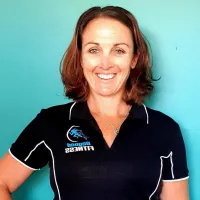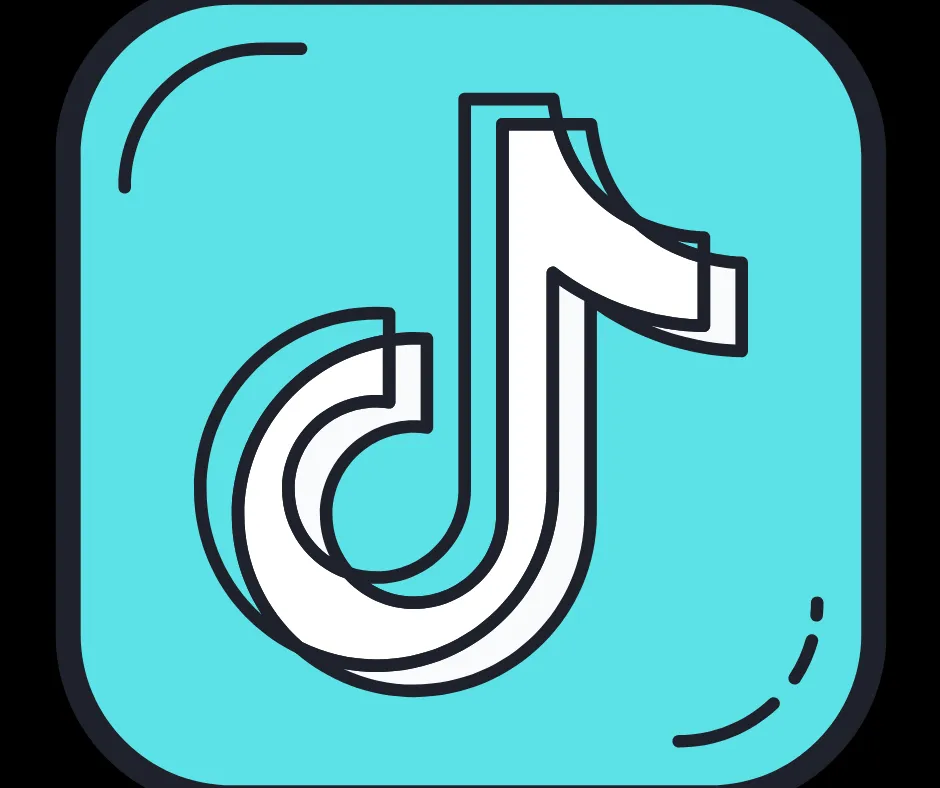NEED HELP? BOOK A CALL

FEELING GREAT FROM HEAD TO TOE
“ Rebuild YOU, Heal Your Pain Through Correct Movement - For Long Term Results.” - Lisa Maclean

THE PERFECT MOBILITY ROUTINE
(FULL BODY FIX)
What are the most common aches and pains we complain about?
Neck pain? Elbow pain? Shoulder pain? Lower back pain? Hip pain? Knee pain? Ankle pain?
Basically our entire body?!
Because of previous injuries and our very sedentary, repetitive movement lifestyle, all too many of us end up with a combination of issues.
It can make you feel like you have to spend hours a day addressing every single area that hurts. Like you have to warm up just getting out of bed.
It can make you want to give up on mobility work because you just have to keep adding more and more things in!
That’s why I wanted to show you some short cuts to improving your mobility. In turn improving the Stability aspect of moving!
Often there are a few key culprits that, if we address immobility or weakness in those places, can really help alleviate aches and pain in other areas.
We have to remember that everything is connected and that often where the pain is, isn’t where the initial problem started!
So what are 3 key areas we need to target if we want to improve our full body mobility?
Before I dive into the key areas we want to work on, I do just want to highlight the importance of doing MORE than stretching when it comes to improving your mobility.
Part of becoming more mobile isn’t simply improving the flexibility of the muscles that act on a joint. It’s also about improving the stability of that joint. This is actually what will improve your Range Of Motion throughout each joint!
Often if muscles are underactive or weak, they will not support the joint properly and that may then lead to overload of other muscles. This can then create mobility restrictions because the joint isn’t stable and muscles aren’t able to work together properly.
This overload can lead to tightness and a lack of mobility as the body tries to protect itself from further issues and injury.
This is also why your elbow can end up injured because of a lack of proper shoulder mobility or stability. We compensate and seek out mobility and stability from other areas.
It’s why, when addressing these 3 key areas of immobility and instability, we want to take a 3-step prehab approach of foam rolling, stretching and activation.
This way we can relax overactive and shortened muscles, mobilize joints and improve the stability of these areas so the correct muscles are pulling their weight!

For a more in depth approach with specific routines and learning attached, check out my REBUILD RELEASE AND RESTORE PROGRAM!
https://rebuildprogram.com.au/release-and-restore-your-mobility
#1: Scapular Mobility And Stability
So often we get focused on only improving our shoulder mobility and we forget how much the shoulders and shoulder blades really work together to power movements. We ignore our shoulder blades and the impact their proper movement can have on protecting and stabilizing our shoulders.
To improve your scapular mobility and control, try including these 3 moves before your upper body workouts. It will help improve your movement and in return gain faster results!
I recommend Active Releasing your Neck & Shoulders, Then lying on your foam roller and performing a scapular reset. This will address the connecting muscles and encourage connection, circulation and communication throughout your muscles and movement.
A great way to start relaxing it to alleviate aches and pains and start to restore proper scapular functioning is by using a ball to relax and release the muscle.
While we often feel like our upper back becomes tight from sitting hunched over, we can’t ignore that this posture puts our pec muscles in a perpetually shortened state. A tight pec minor can contribute to anterior tipping of the shoulder blade while a tight pec major can contribute to that internal shoulder rotation.
This can lead to neck, upper back, shoulder and even elbow aches and pains.
Both of these movements are key to keeping your neck and shoulders healthy during overhead pressing (not to mention this may even help prevent overload at your elbows and even lumbar spine!)
#2: Hip Mobility And Stability
Lower back, hip or knee pain? Groin strains? Hamstring pulls? You need to work on your hip mobility and stability.
We’ve all been told we are spending too much time seated.
But this constant hip flexion is creating mobility restrictions at our lumbo-pelvic-hip complex that has far reaching effects. It’s not only why we can feel our lower back taking over during deadlifts by also even why we can fear knee pain from lunging!
That’s why it’s key we start by relaxing those overactive and shortened hip flexor muscles.
The first move you want to include is Rectus Femoris Foam Rolling.
This quad muscle is so key to release and lengthen because it not only flexes the hip but also extends the knee.
To roll this muscle, you can use a roller or ball. The smaller and harder the trigger point tool, the more it will dig in.
Find the middle of your thigh about half way down and lie over the foam roller or ball. You can even flex and relax your quad to help the muscle relax and release.
The second move is the Standing Single Leg Glute Activation, focusing on alignment from your ankle, knees, hips and shoulders for correct activation through your "suspension system"
All too often our glutes are underactive and not properly stabilizing our pelvis or hips. This can lead to lower back, hip, knee and even ankle and foot aches and pain. It can even create dysfunction up your trunk that can impact your shoulders.
It’s why it’s key we include glute activation moves in our routines to improve that hip stability. And it’s even better when we can include unilateral moves to correct imbalances while also working on our balance.
While you want to be focused on working your glutes in this move, don’t ignore your foot’s connection to the ground. Think about driving the ground away as you come to balance on one leg to even create better activation up your entire leg!
#3: Ankle Mobility And Stability
Plantar Fasciitis. Ankle sprains. These issues are all too common.
Yet all too often we simply rest these injuries then jump back into what we were doing.
We never address WHY we had the problems in the first place OR even work to prevent future problems from the injuries themselves.
Injuries interrupt our natural recruitment patterns and can create mobility restrictions. We can’t ignore them!
It’s why prehab work to work on ankle mobility and stability is so key. Your feet are your foundation. Issues there can lead to compensations up your entire kinetic chain!
The first move you want to include is Peroneal Trigger Pointing.
Tightness of this muscle can lead to what looks like a leg length discrepancy or even a weight shift during squatting, which can result in not only ankle issues but also knee, hip and lower back pain.
That’s why it’s key you start your mobility routine by relaxing this often shortened and overactive muscle, even focusing potentially on just one side.
A ball works best for this move although you can use a roller. You will want to press the outside of your lower leg down into the ball and hold as you even circle your foot. Don’t roll quickly but move the ball down the outside of your lower leg to target different trigger points, holding when you find one.
The second move is my Foot & Hip connection Inversion and Eversion activation.
Improving dorsiflexion is important but also including the full range of motion through the ankle joint will be most important in preventing any injuries and ensuring your ankles can now support each movement you make!
So often when our prehab work isn’t adding up for other areas, it’s because the culprit is actually at our foundation.
SUMMARY:
Whether you need to address mobility and stability issues in all 3 areas, or even simply one, you can combine the foam rolling, stretching and activation moves into a quick prehab or warm up routine.
Spending just 30-45 seconds per move, or per side, you can use all of these to get in an amazing head to toe mobility routine that’s under 11 minutes!
Want help improving your posture, getting rid of aches and pains and dialing in your overall routine to achieve freaking amazing and sustainable results?!
Uhm heck yes! OF COURSE!
I mean? Honestly? WHO DOESN’T!?
Check out my REBUILD RESTORE & RELEASE PROGRAM: https://rebuildprogram.com.au/release-and-restore-your-mobility
Providing specific Mobility & Stability routines for specific body part all in under 15mins a day as well as 24/7 Support & Guidance from Yours Truly (ME!)
If you need help dialing in your prehab, workouts and nutrition so they all work together in one comprehensive plan?
Check out my online one on one coaching program!
I’m a corrective exercise NERD and I want to help you move and feel your best!
(I’m also a control freak so I love getting to tweak things and hold you accountability daily while actually TEACHING you what you need to attain LASTING results.)
1:1 REBUILD Coaching: https://rebuildprogram.com.au/the-rebuild-system





